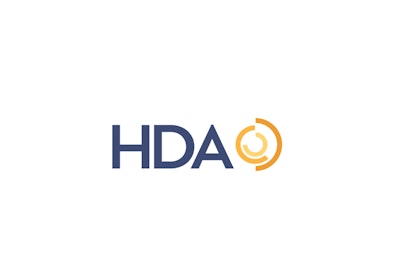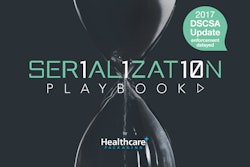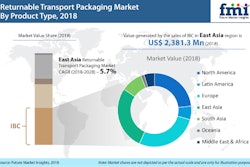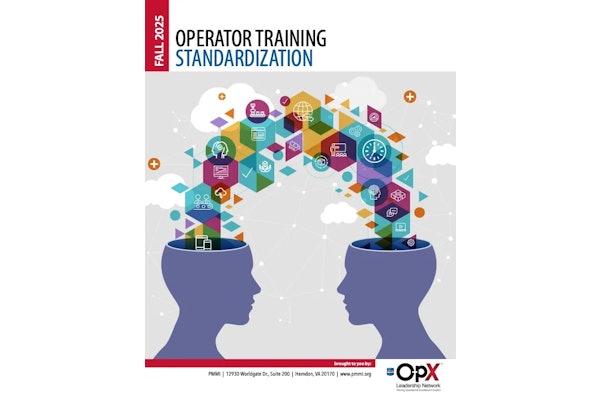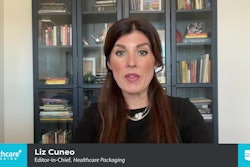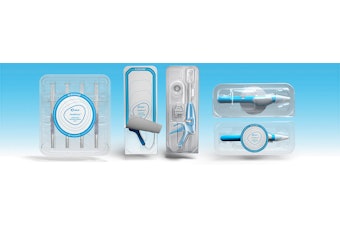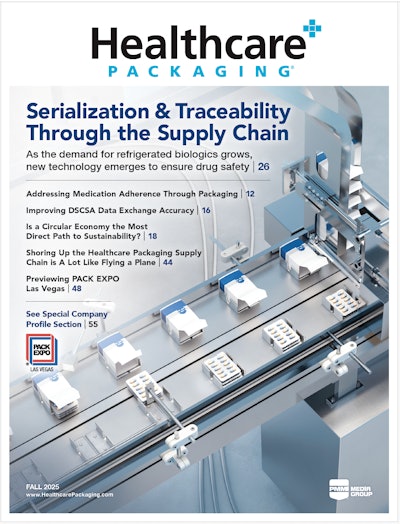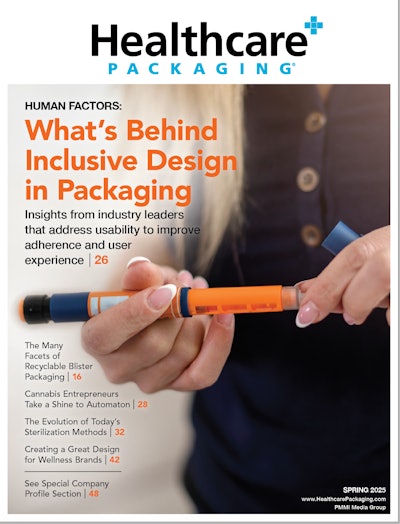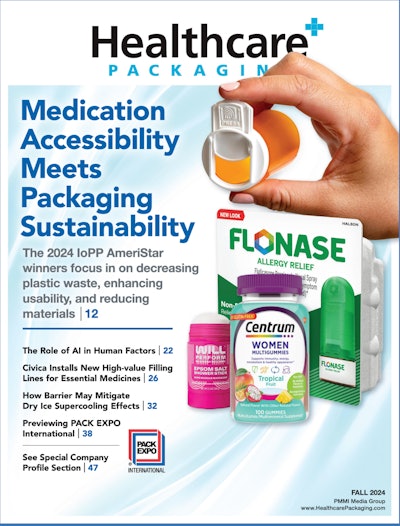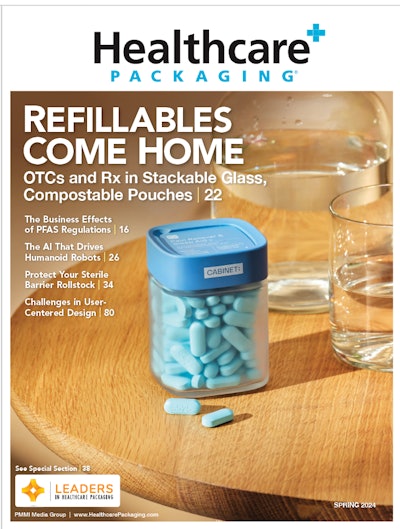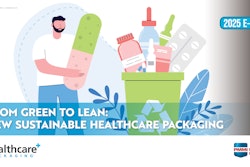While new drug shortages may have been on the decline (at least until last year) since the FDA Safety and Innovation Act of 2012 (FDASIA), overall shortages are still increasing with some drugs in chronic short supply.
These remarks came from Michael Ganio, Director, Pharmacy Practice and Quality for American Society of Hospital Pharmacists, at Healthcare Distributors Alliance 2019 Distribution Management Conference and Expo help in Palm Desert, CA, March 10-13.
FDASIA requires drug manufacturers to notify the FDA about permanent discontinuance or temporary interruption of production. And allows the FDA to take measures to prevent shortages such as asking other manufacturers to pick up the slack, expedite reviews or inspections for those suppliers wanting to fill the gap, and even allow manufacturers to import to meet shortages. The FDA has also extended expiry rates when possible to keep drugs in the pipeline.
Shortages may be due to a variety of issues, including regulatory delay, discontinuation, manufacturing quality issues, raw material shortages of both active and inactive ingredients, increased demand, and natural disasters.
Recent critical shortages include: small volume parenteral saline solutions, injectable opioids, sterile water for injections, local anesthetics, electrolytes, cardiac emergency drugs, and generic chemotherapy agents.
ASHP conducted a survey of hospitals to determine the effects of the small volume parenteral saline solution shortage. While large “hanging bags” of saline are used to hydrate, the small volume bags are used to deliver medications intravenously. Initially after only a few weeks of SVP shortage, 61% of hospitals reported the shortage having severe impact, affecting daily operations and patient care. And 78% reported having less than a 14-day supply on hand. As the shortage continued, in a subsequent follow up survey, 75.6% of hospitals said the impact of the shortage was severe.
How did hospitals cope with the shortage?
79.6% IV push (nurse stands at beside for 20 minutes pushing the meds directly into patient)
70.6% centralized hospital inventory for greater control
69.4% purchased more pre-mix solutions
43.1% imported products
42.9% purchased frozen product
41.4% repackaged from larger size
26.8% Sourced a 503B compounding pharmacy
21.6% compounded their own from concentrates
Many of these coping strategies incurred far greater costs to the hospital in workforce hours (nurses pushing drugs directly or pharmacists compounding their own solutions), and higher cost of products.
The injectable opioid shortage started when a Pfizer plant in McPerson, KS which had already planned to reduce production for quality improvement projects also ran into trouble with a third-party glass supplier. Reduced production turned into no production.
For this shortage, 67.8% of hospitals polled reported a severe impact on daily operations and patient care. To cope with the shortage hospitals purchased vial sizes and concentrations not normally stocked.
Here, almost 8% of the hospitals reported a safety event causing at least temporary harm to the patient as nurses struggled with unfamiliar concentrations and dosing.
Sometimes there are another drug to choose from, as in the case of pediatric oncology drug shortages. But imagine physicians and parents who have to opt for a second or third-line drug which may not be as effective or carries harsher side effects.
Of the 40 components of parenteral nutrition, almost all are on shortage. In fact, doctors entering the field in the last ten years have never experienced the full arsenal of drugs originally intended to be used for parenteral nutrition.
The economic impact of drug shortages on the healthcare system is clear. Prices of drugs that have suffered from shortages often increase at a greater rate than the average, particularly when there are three or less manufacturers supplying that drug.
A 2014 study by Premier determined that shortage alternatives (particularly sourcing from a much more expense compounding pharmacy), cost $230 million per year.
ASHP guidelines for drug shortages stress communication. Most errors are due to alternative products or dosage form changes.
Back on June 15, 2018, thirty-one U.S. Senators signed a letter to the FDA requesting the “worsening drug shortage crisis” be addressed.
An FDA Drug Shortage Taskforce, formed in July of last year in response the letter, is charged with looking at all root cause analysis of shortages from reported reasons to underlying economic issues. The report is due to Congress later this year.
Unlike typical economic models, demand for drugs, saline, sterile water, etc., does not necessarily drive supply. Some pharmaceutical companies look at the economics and determine that the market demand, while present, does not justify production costs. There are currently 251 drugs on active shortage.
Learn more about drug shortage packaging solutions at the co-located PACK EXPO Las Vegas and Healthcare Packaging EXPO, September 23-25, 2019 in Las Vegas, NV.
